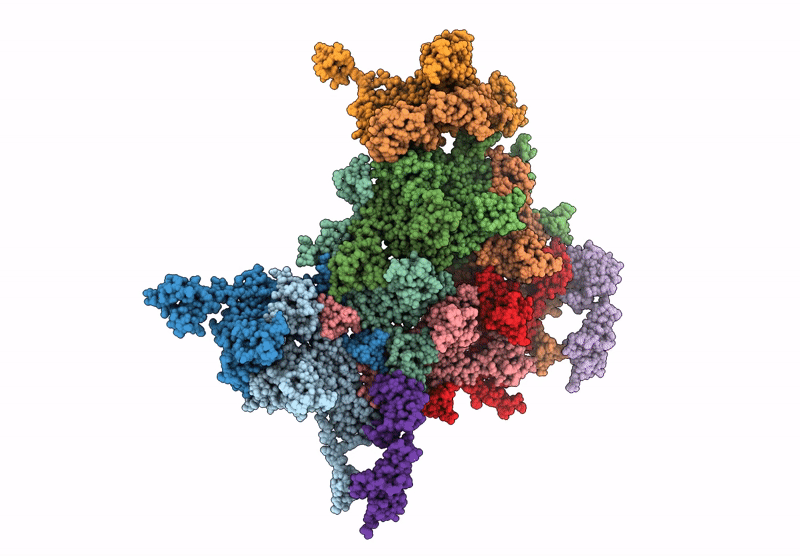
Deposition Date
2024-08-18
Release Date
2025-01-15
Last Version Date
2025-01-15
Entry Detail
PDB ID:
9D7Z
Keywords:
Title:
Shigella flexneri bacteriophage Moo19 Icosahedral Reconstruction
Biological Source:
Source Organism:
Shigella virus Moo19 (Taxon ID: 2886042)
Host Organism:
Method Details:
Experimental Method:
Resolution:
3.60 Å
Aggregation State:
PARTICLE
Reconstruction Method:
SINGLE PARTICLE


